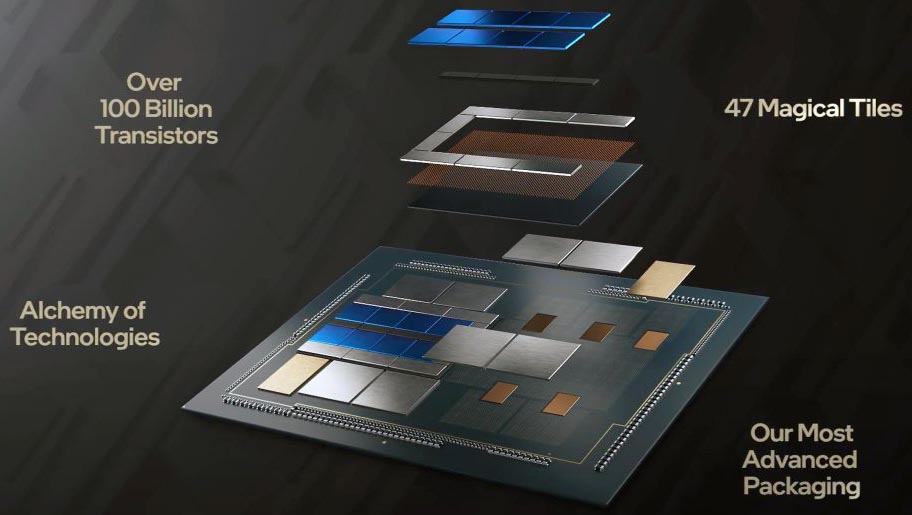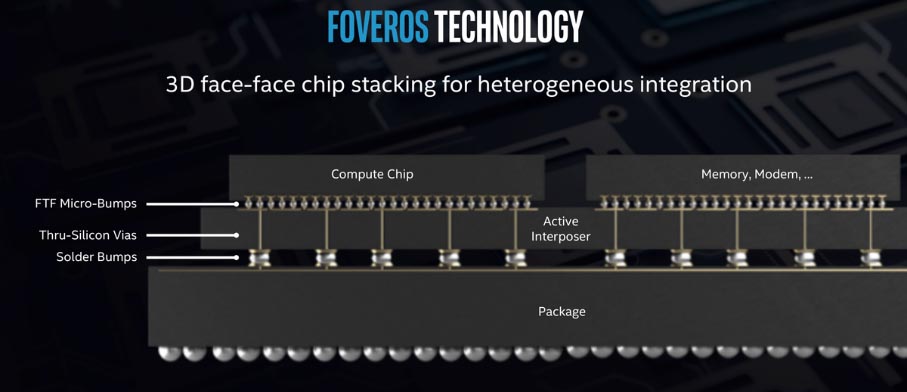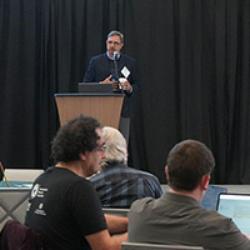About
As transistor integration on a chip (Moore's law) slows down, integrating separately fabricated chips to build complex systems in a package will be increasingly essential to technologies ranging from cell phones to mainframe computers to automobiles in the coming decades. As device scaling continues into the sub-10-nm range, it is becoming increasingly difficult as we approach various fundamental limits. The ability to achieve "more than Moore" functionality by heterogeneously packaging advanced microchips to achieve higher performance and lower cost, provides attractive differentiation for electronic products. The Center for Heterogeneous Integration Research in Packaging (CHIRP) has been created to address critical roadblocks to realize these potentials. It began on January 1, 2019 and combines the strengths of Purdue University and SUNY Binghamton, both of which have had significant contributions in this field and a history of collaboration that stretches back nearly two decades.

Intel Ponte Vecchio

Intel Foveros
Team
Directors
Principal Investigators













News
News
Semiconductors at Purdue Distinguished Lecture - Ted Letavic
GlobalFoundries CEO delivers Presidential Lecture, bolstering partnership with Purdue
Presidential Lecture with Thomas Caulfield and President Chiang
U.S. Department of Commerce awards $285M Manufacturing USA Institute to SRC-led consortium with Purdue as lead academic institution
Contact Us
Contact Ganesh Subbarayan for information about the Center for Heterogenous Integration Research in Packaging (CHIRP).


















